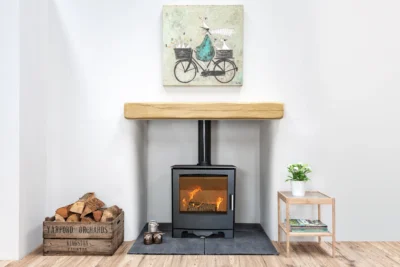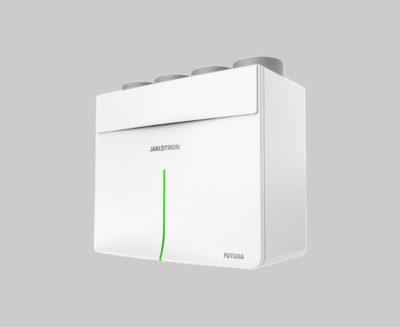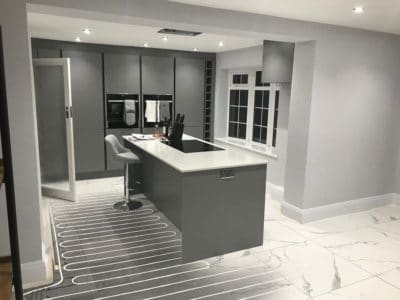Is Your Woodburning Stove Eco-Friendly?
Woodburning stoves have long been popular in British homes. Their appeal is rooted in design and energy efficiency.
A woodburner’s real flames offer a focal point in the room and satisfy the need for a cosy feel during the winter months, as well as potentially helping you save money by lowering household bills.
For years these appliances have been hailed as eco-friendly, gaining a big following among the environmentally conscious. However, they have recently been at the centre of controversy due to criticism by Mayor of London Sadiq Khan. The former MP has called for a ban on burning wood in the capital to minimise the pollution levels faced by the residents – but is he right to do so?
Future proofing
While burning timber does cause the release of CO2 and particulate matter, the story isn’t as simple as that. Suppliers have long been working towards producing greener stoves to improve performance and keep pollution to a minimum.
“Woodburners have progressed greatly in the last few years,” says Vicky Naylor from ACR Stoves. “Under current regulations, they are required to have minimum efficiency levels and need to be DEFRA exempt for burning wood in smoke controlled areas.”
The standards will soon be even tighter. The European Union’s Ecodesign Directive – due to be introduced in the UK in 2022 – is set to establish mandatory requirements for products to reduce energy consumption and minimise emissions. Ahead of the legislation, the Stove Industry Alliance (SIA) has launched an Ecodesign Ready label for appliances that comply with the future emission limits – 55% lower than current DEFRA exempt units.
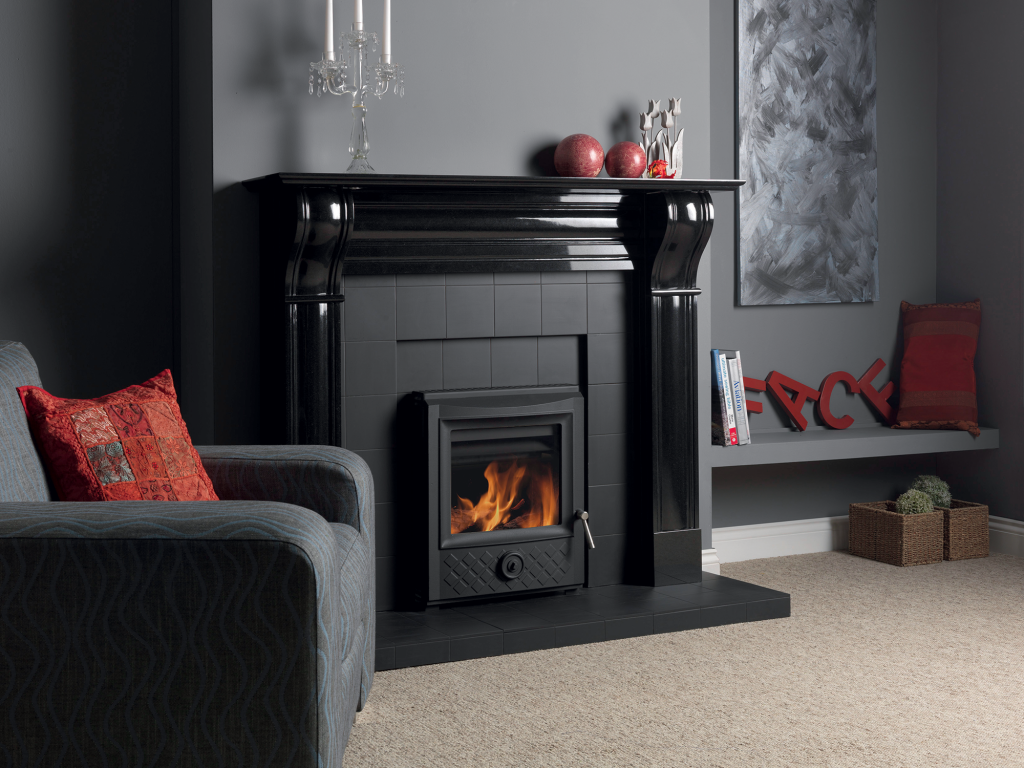
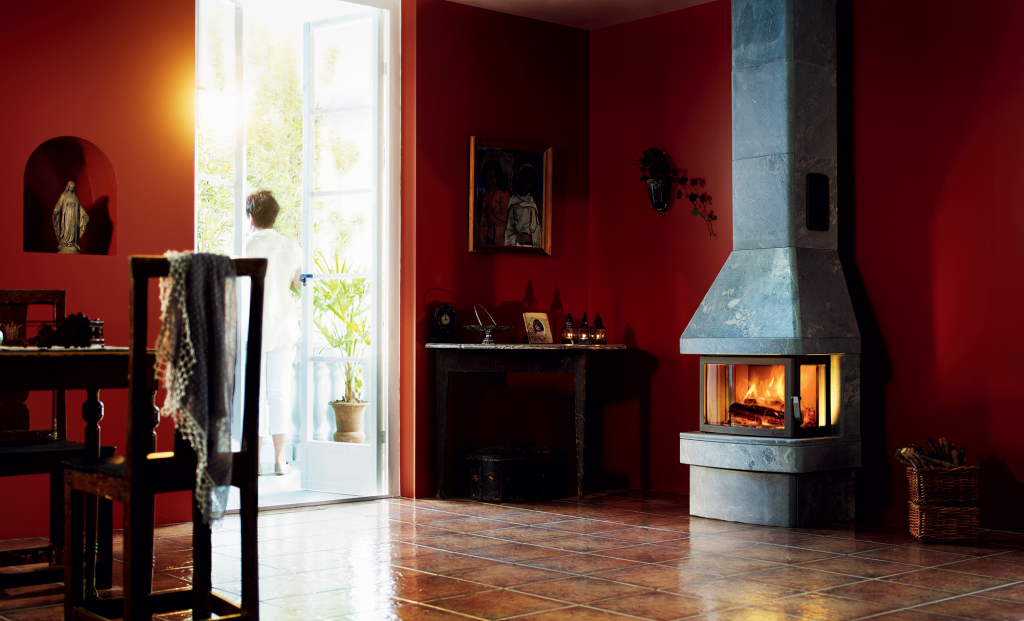
The targeted introduction of air at higher levels in the fire box reignites combustion particles before they can leave the stove, thus reducing pollution. “These stoves have been specially designed to better control how wood is burnt. An Ecodesign Ready model will produce 90% fewer emissions than an open fire and 80% less than a stove made10 years ago,” says Dennis Milligan from SIA.
So, how can you be sure your stove is as clean-burning and efficient as possible? There are some key elements you’ll need to consider before investing in a new appliance.
Look at your usage
When choosing the right woodburner for your home, you will need a suitably-experienced engineer to carry out the requisite heat output calculations. This is essential to ensure you don’t face cold nights at home or end up with a stove that produces too much warmth – which would defeat the goal of being energy efficient.
“It’s easy to overestimate the amount of heat required and purchase an appliance that will bask the room,” says Dennis. The output is measured in kilowatts (kW) and your engineer will take into account factors such as the room size and insulation conditions, including how draughty your home is and how much of the wall surface is glazed.
Closer look: How to improve your stove’s performance
|
Another number you should pay attention to is the energy efficiency percentage – higher digits mean better performance. This will tell you how much heat filters into the room as opposed to being lost. So, while open fires lose nearly 90% of warmth through the chimney, a stove’s efficiency will be over 70%, with some models reaching a performance level of nearly 90%.
Your stove’s energy-efficiency will also impact pollution as it won’t need as much fuel to warm up a room, and what you do burn will combust more completely – meaning less smoke and fewer particulates to pollute the air.
Source your fuel
Before buying a stove you will need to figure out where you’ll get your fuel from. Think about what’s easily available and affordable in your area; and if you’re burning wood be sure to buy it from a source that can demonstrate it manages felling and replanting responsibly.
Many towns across Britain are now designated smoke control areas – so you can’t burn wood unless you have a DEFRA exempt appliance. “It is crucial to educate stove owners on the correct operation of the burner and on sourcing the right fuel to ensure emissions are kept to a minimum,” says Phil Wood, Contura country manager for the UK. “Species such as ash or birch ignite well.”
The timber quality is vital, too. “People source wood in different ways. The important thing is to only burn it when it’s dry,” says Dennis. “Manufacturers recommend logs with a moisture content of less than 20%.” Wet or freshly cut timber may seem cheaper but it will produce less heat and more smoke. The Ready to Burn label by Woodsure offers guarantee that your logs’ moisture is below 20%.
According to Ron Hoe, from Clearview, your best bet to keep your woodburner eco-friendly is to purchase from local suppliers that dry and season timber outside and undercover. “Kiln-drying logs negates many of the environmental benefits as fuel has already been used to cook them,” he says. “They will have also been transported over large distances, adding to carbon footprint.”
For those without access to wood on a steady basis, a multi-fuel option could be just as satisfying. These stoves offer the possibility of burning both timber and smokeless fuels. You can then choose to stock different fuels according to availability and cost throughout the year.
Upgrading the fabric
According to Building Regulations, your stove must have an appropriate air feed to burn fuel efficiently and safely. Appliances installed in houses built after 1992 will usually need an opening vent due to their airtightness.
If you are fitting a woodburner in an older home, this may only be needed if you’ve upgraded the building fabric or the stove’s heat output is over 5kW. To dispose of unwanted exhaust, the appliance will need a suitable flue – there’s no requirement for this to be fitted in a chimney, as pre-fabricated flues can be installed in pretty much any room.
If your home benefits from high levels of insulation and airtightness, you’ll likely require a small stove – perhaps no bigger than 4kW – to heat it up. In any case, you’ll still need to make sure enough air is fed into your appliance.
“As long as you choose a model that has a direct air supply option, you should be able to have it in an airtight home,” says Vicky. “These burners have a flexible, non-combustible tube attached to the back, or bottom, to bring fresh air from outside into the stove for combustion. The waste products are then expelled through the flue system.”
However you should always work with a suitably registered installer (HETAS and OFTEC are the main bodies) to be certain you can have a stove in your home, as they’ll have to complete the relevant checks before fitting the appliance. “One of the most important is the Spillage Test Commissioning Sheet,” adds Vicky. “It ensures the house has enough air pressure to keep the smoke exiting safely up the flue rather than spilling out into the room.”
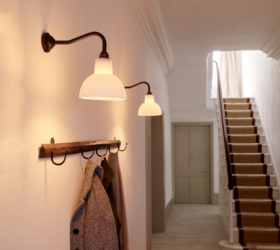
































































































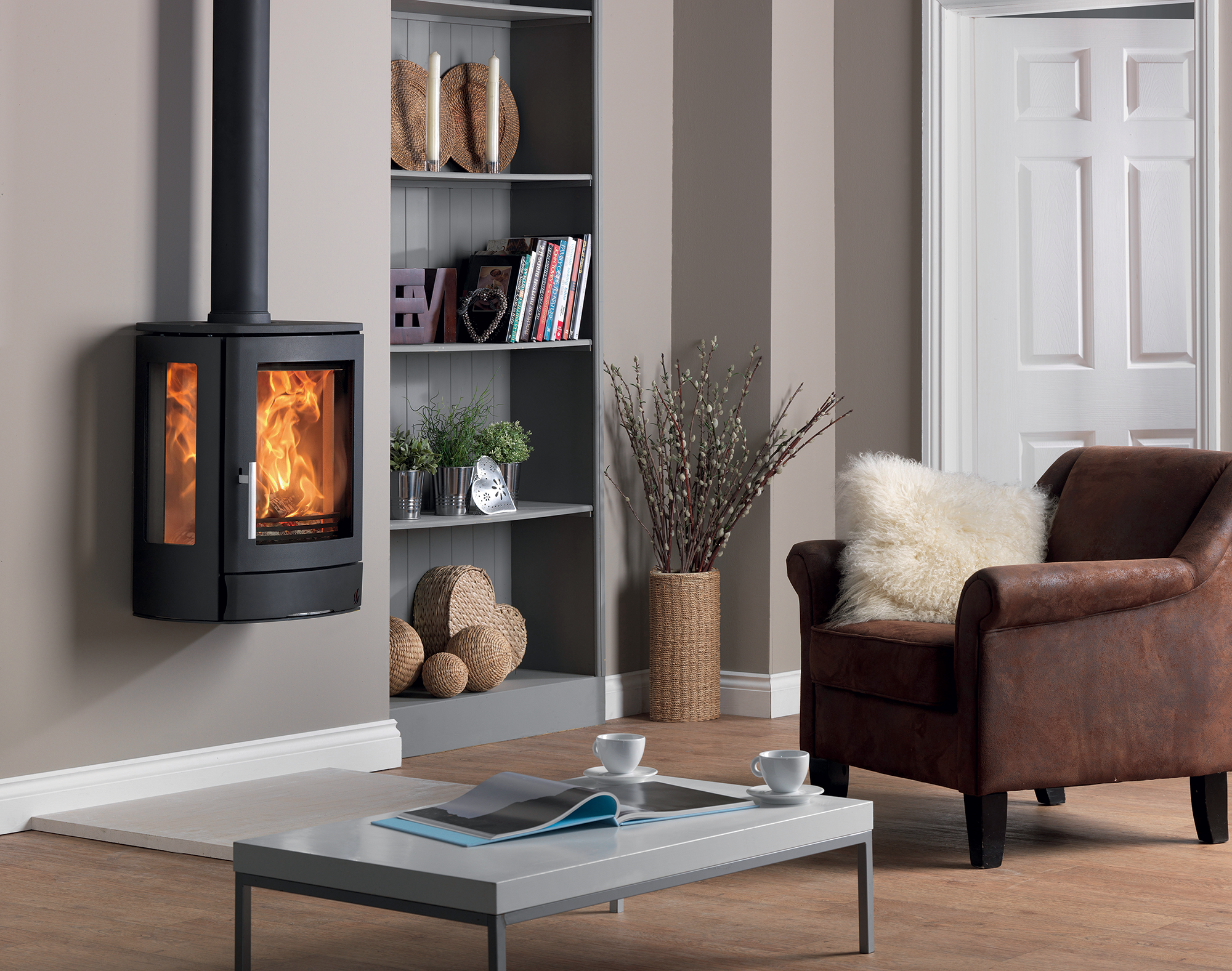
 Login/register to save Article for later
Login/register to save Article for later





